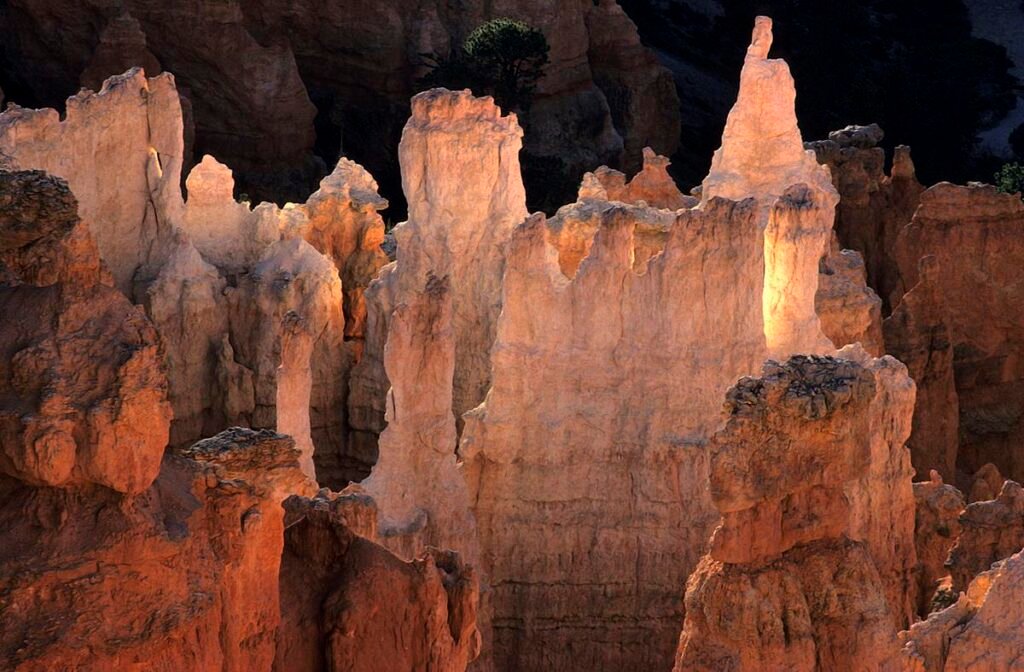You are here because you want to know what the law or principle of lateral continuity states, why it is important, who proposed it, and a lot more.
To start off, the law or principle of lateral continuity states that sedimentary rock layers in the same depositional basin will extend in all directions unless they meet a barrier, pinch-out, or grade to existing neighboring rocks.
This basic law or principle of geology was proposed by Nicholas Steno, a Danish anatomist, geologist, and later priest. Steno, born Niels Stensen, lived from 1638 to 1686, and he also behind the principles of superposition, original horizontality, and cross-cutting relationships.
Nicholas Steno observed a relationship between lithology and the spatial position of rock layers in the outcrop. He concluded that it was possible that the layers were once continuous before erosion of some parts or tectonic activities tore them apart.
This law can help correlate rock layers in the same depositional basin and predict layers with minerals or other natural resources. The law can also help piece together past history and date these events.
It is very important to understand that the horizontal or lateral continuity of sedimentary rocks only applies to rocks in the same sedimentary basin. If the rock layers you are studying are in different sedimentary basins, you cannot directly use the data you obtained by applying this principle.

Digging deeper into lateral continuity principle
You have a basic definition of the principle of lateral continuity. It is time to visualize how sedimentary rocks form in a deposition basin and why they laterally spread in all directions.
Within a sedimentary basin, mostly water and sometimes wind will deposit sediments under the influence of gravity. These sediments will, therefore, spread laterally in all directions under the force of gravity, filling the deposition basin layer by layer over the years.
An example or analogy is pouring differently colored sediment sludge into a depression, letting each layer dry, and then adding another layer. Each time, it is going to spread in all directions, filling the lowermost areas first.
Sedimentary rocks form in a similar manner, where deposited sediments spread in all directions within a deposition basin and lithify layer after layer over millions of years.
When they form, the sedimentary layers are continuous within a deposition basin except for those that may pinch, thin out, or meet a barrier. Erosion, human activities, or tectonic earth movements may, however, break or remove some sections of the layers, leaving outcrops.
We can therefore conclude that sedimentary layers in outcrops, between river valleys, cut roads, quarries, or even drill cores within a deposition basin were once continuous and will match up. This happens because sediments are deposited in all directions within a deposition valley, the main idea behind the principle of lateral continuity.
Application and significance
The principle of lateral continuity helps geologists and other Earth scientists correlate rock layers on a local or global scale. Although tectonic movements, human activities, or erosion can remove or displace some sections of the sedimentary layer within a basin, careful study can, however, reveal relationships.
By correlating rock strata, it is possible to understand past events like erosion and plate tectonic movements and get their relative ages.
For instance, a study on the 300-200 million-year Paleozoic Era to late Triassic rock layers in Africa, Europe, South America, and North America shows that these continents were once continuous, forming Pangea, a supercontinent. We can deduce Pangea drifted less than 200 million years ago, when the Paleozoic Era to late Triassic sedimentary rocks had formed.
Geologists can predict where certain minerals or natural resources are likely to occur by studying and correlating rock layers. A practical application in early times of the principle of lateral continuity together with superposition helped John Strachey, an Englishman, predict rocks that bore coal in South and Northern English counties.
Tips to void miscorrelation when using principle of lateral continuity
When correlating strata while applying the law of lateral continuity, take care to avoid miscorrelations.
These miscorrelations can arise where tectonic activities have overturned, heavily folded, or significantly displaced rock strata. Carefully study such layers before you correlate them or apply other principles, including faunal succession that considers fossils present.
Attempting to correlate rock layers in different rock basins is another common problem that can arise. Always study the depositional basin in question, including the shape, to ensure it is continuous before you start correlating rock strata.
It is also possible for some rock layers to miss in a given stratigraphic column. The missing layers likely thinned out or met a barrier during their formation. A quick way to avoid such a miscorrelation is by considering a wider area of study.
Finally, conditions like wind or water strength during deposition can affect the lithology of rocks, like their texture or grain size. For instance, strong currents will deposit mostly the heavier and larger sediments, while light ones will go further but form in the same layer.
